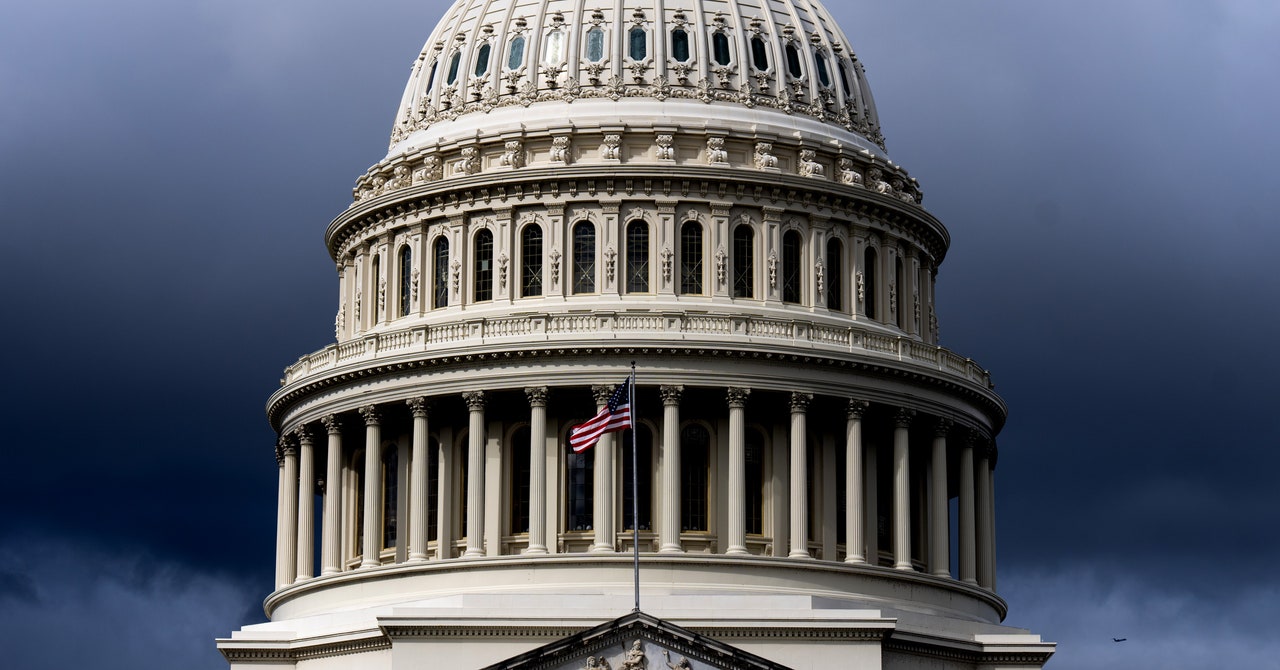The world is facing a looming energy crisis, and the continued use of non-renewable resources such as coal and oil is unsustainable. These resources are becoming scarcer and more expensive, while also contributing to global warming and climate change. Therefore, it is essential to shift towards renewable resources that offer a cleaner and more sustainable alternative to non-renewable resources. In this blog post, we will discuss the future of energy and how embracing renewable resources can help us overcome the challenges we face.
Why we need to shift to renewable resources
Using non-renewable resources is not only depleting natural resources but also polluting the environment. The negative impact of carbon emissions on the climate is well-documented, and the world is already feeling the effects of climate change. To mitigate these risks, we need to shift towards renewable resources, which emit fewer greenhouse gases and have a much smaller carbon footprint.
The most promising renewable resources
Renewable resources include solar, wind, hydro, geothermal, and biomass energy. Each of these resources has unique advantages and disadvantages, and the choice of resource depends on several factors such as location, availability, and cost. Geothermal energy is an often-overlooked renewable resource, but it has great potential to provide clean energy to communities that have access to geothermal hotspots.
Challenges in transitioning to renewable energy
Transitioning to renewable energy is not without challenges. The main challenges include the high cost of renewable energy infrastructure, the intermittent nature of some renewable energy sources, and the lack of adequate storage technologies. Additionally, the existing infrastructure for non-renewable resources would need to be modified or replaced, which can be costly and time-consuming.
Read more: A Comprehensive Guide to Artificial Intelligence and Machine Learning: Everything You Need to Know
Solutions for a cleaner future
To address these challenges, governments and private companies need to invest in renewable energy infrastructure and research. Governments can incentivize the use of renewable resources through tax breaks and subsidies, while private companies can invest in research and development to improve the efficiency and affordability of renewable resources. The development of energy storage technologies, such as batteries, can also help address the intermittency issue of some renewable resources.
The economic benefits of embracing renewable resources
Embracing renewable resources can have significant economic benefits. It can create new jobs in the renewable energy sector and reduce dependence on imported non-renewable resources. Additionally, the cost of renewable resources is expected to decline as technology improves and economies of scale are realized. This will make renewable resources more affordable and accessible to more people, particularly in developing countries.
In conclusion, the future of energy lies in renewable resources. While there are challenges in transitioning to renewable energy, the benefits are clear. By investing in renewable energy infrastructure and research, we can create a cleaner and more sustainable future for ourselves and future generations. The shift to renewable resources is not just an environmental imperative but also an economic opportunity that we should seize.






